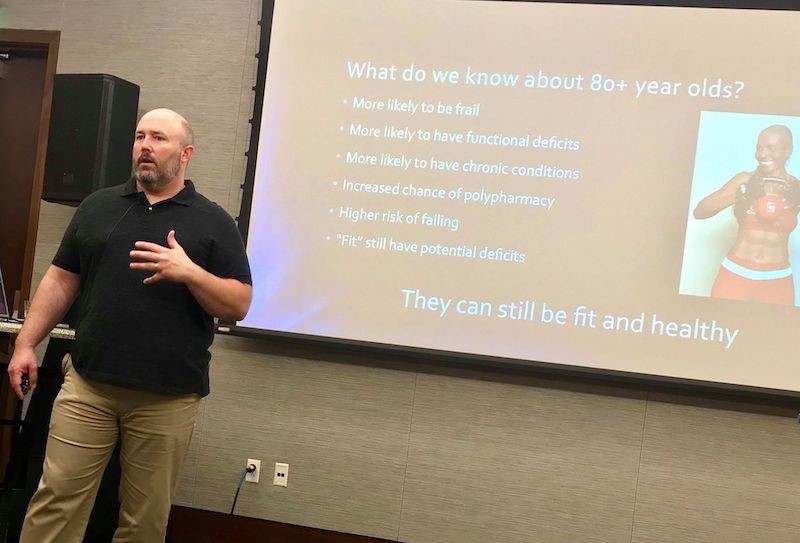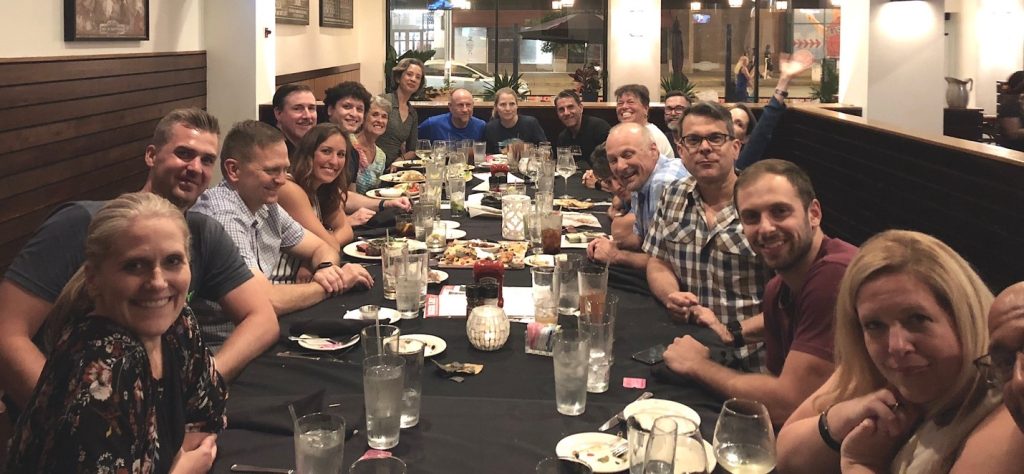From population trends to technology, countless factors affect the fitness industry. Still, anticipation is key to business success, and we’re predicting the top five trends coming in the next year. Here they are, followed by tips on getting ready.
No. 5
Brain Fitness Comes of Age
Our active aging demographic is concerned about dementia and other cognitive decline. And we are already seeing greater awareness of this simple fact: People need to exercise more to maintain their brain health.
What We Can Do
Get certified in brain health, Tai Chi, Ageless Grace or other related activities that engage the memory and other cognitive function. Start talking about these issues with clients, prospects, fitness peers, and healthcare professionals. Distinguish your business as a unique local source of information and referrals.
No. 4
The Rise of the Fit Senior
You probably know some rock stars of aging – and more are coming. We’re living longer, staying healthier, and extending the boundaries of aging and physicality. Lifelong athletes never stop. Remember the 13,000 athletes at the National Senior Games.
What We Can Do
We have to train aging clients for what they want to do as individuals. Swimming is a great exercise, but will it help someone devoted to, say, archery? Position yourself with doctors and physical therapists for more referrals for “brain health” and “balance training” instead of “strength training for seniors.”
No. 3
Our Population Is Aging Fast
The Baby Boomer generation began in 1946, so its members begin turning 80 in 2026. They will change the world’s ideas about what it means to reach that milestone. We’ll see more and more outstanding athletes in that category. But we’ll also see increasing burdens on the healthcare system, with frailty and risk of falls rising among people after they hit 80.
What We Can Do
Train clients for strength, balance, motor control and reaction time. We need to use the best fitness assessments in our evaluations of prospects and clients. Also, remember that Generation X is moving into our target demographic already, and they want something different than what they’ve been doing, like intense boot camps.
No. 2
Group Training Lives!
When people say group training is dead, don’t believe them. It will keep growing and growing – and, no, you won’t have to undersell it, either. But we will have to diversify our offerings even more.
What We Can Do
Learn about supplementing your brick-and-mortar with online training, apps and other technology. Online accountability and support will help you engage clients when they’re not in the gym or studio with you – and bring in extra revenue.
No. 1
Expect More Competition
Large and small health clubs, boutique studios, super-cheap chains, Pilates… the list goes on and on. And senior fitness franchises are coming. At FAI, we already have two licensing models, Fit Body Forever and Ageless Fitness.
What We Can Do
Keep standing out from the crowd. No one does what you do. Be unique, be focused, and use better content and storytelling to let your community know what you’re all about. Use a professional content service, like Prime Fit Content, which helps you reach the over-50 market.
For more on our predictions – and the role you can play in the changing landscape – watch this video from the 2018 Functional Aging Summit.










